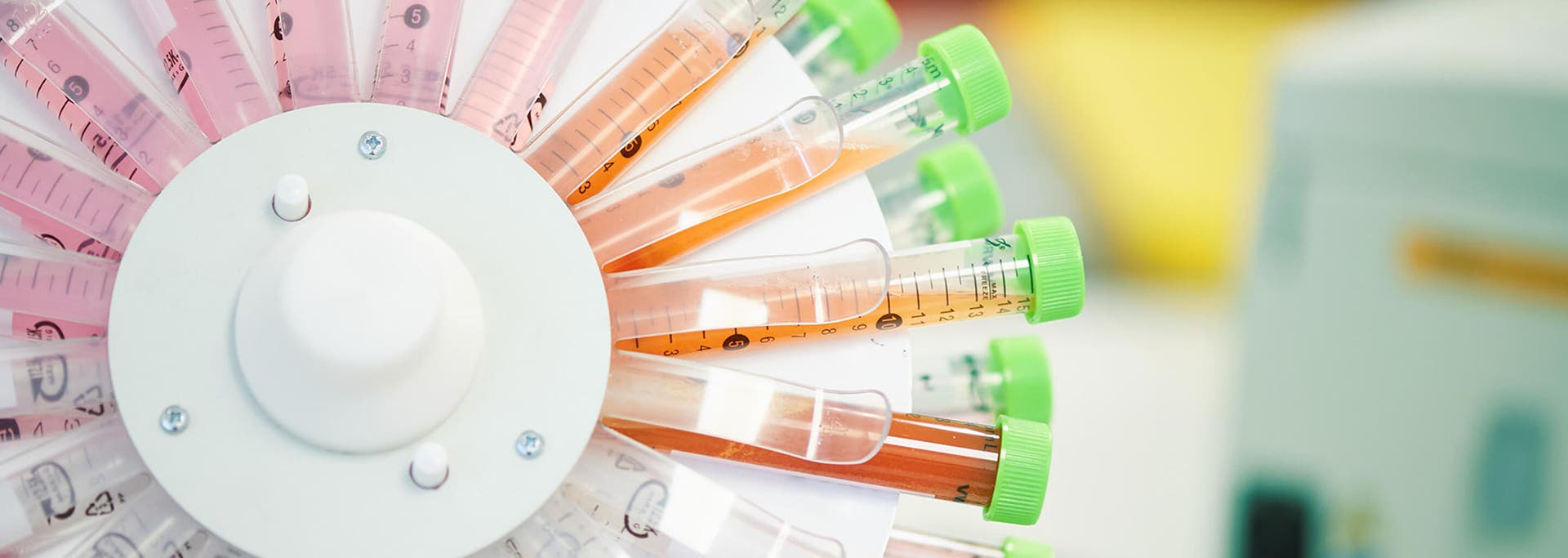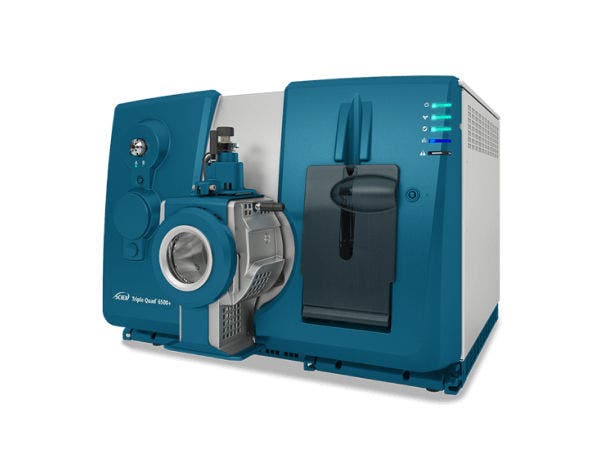Process contaminants, unwanted chemical by-products of food processing, pose significant challenges. Elevate your testing with LC-MS methods that not only meet stringent regulations but also streamline your development process.
Processing contaminants and additives testing

Precision insight for your processes
LC-MS methodology delivers rigorous process contaminant testing for trustworthy food products
Food additives like coloring, preservatives, emulsifiers, stabilizers, flavor compounds and anti-caking agents are used to enhance the sensory appeal of foods or extend their shelf-life. However, their impact on health is a concern. Our analytical testing methods play a vital role in ensuring the safety of the general public by accurately detecting and quantifying these additives.
Processing contaminants are substances unintentionally formed or introduced during food production, processing, or storage. Similarly, high-temperature cooking processes for starch-rich foods can produce byproducts such as acrylamide. Some common examples of processing contaminants and acrylamide-containing foods are:
- Potato products such as french fries, potato chips, hash browns, and roasted or baked potatoes
- Foods made from grains such as bread, toast, crackers and breakfast cereals
- Baked goods like pastries and cakes
Nitrosamines can form during food processing, particularly in cured or smoked meats, processed meats, smoked or pickled fish, beer, and certain dairy products such as cheese. High-profile contamination incidents involving nitrosamines in widely consumed products, such as certain medications or baby formulas, have raised public awareness and regulatory attention to the issue.
SCIEX mass spectrometers are reliable precision instruments made to last and thanks to unique source design able to cope with the most challenging matrices, such as processed foods. Our intuitive SCIEX OS software makes lab implementation easy from the start and speeds up data analysis.
Nitrosamines
Method
Despite the absence of regulatory limits in the European Union, a recent risk assessment by the European Food Safety Authority (EFSA) has underscored the potential health risks associated with nitrosamines in food. While acknowledging a slight cancer risk from dietary exposure, EFSA's findings emphasize the critical need for sensitive, accurate, and robust analytical methods for nitrosamine analysis. At SCIEX, we're at the forefront of ensuring food safety and protection of human health through our advanced nitrosamine testing solutions.
- 11 different nitrosamine compounds – applied to 6 unique food matrices (milk, oats, fried chicken, chicken, fish, and prawn)
- 10 ng/g matrix spike recoveries ranged from 69% to 123%, indicating good method performance
- Simple sample preparation procedure yielded negligible matrix effects
Nitrosamines and process contaminants
Solutions
Suited for:
- Highly sensitive detection
- Providing the robustness required for dealing with challenging matrices
Delivering the perfect balance of speed, performance, and sensitivity for your most challenges analytes.
Unleash the analytical power of the next-generation software platform for data acquisition and processing.
Processing contaminants and additives featured resources
-
Technical note
Acrylamide analysis in ground coffee using a novel extraction method
A novel sample preparation method comprised of multiple clean-up steps was used to extract acrylamide from a complex coffee matrix.
-
Technical note
Acrylamide in potato chips, biscuits, bread and baby food
Method robustness during 20 continuous injections: Raw acrylamide area counts showed a %CV of 4.1%, demonstrating no loss in sensitivity.
-
Technical note
A rapid, high-throughput mass spectrometry method for the quantitation of acetaldehyde in beer
Quick and sensitive quantitation of aldehydes in fermentation samples using the SCIEX Triple Quad 6500 + MS/MS system paired with high-throughput acoustic injection (Echo ® MS)
